It’s understandable why this breed is sometimes referred to as the Southern Corden-bleu, given how the powder-blue breast creates a striking contrast with the pale brown back and yellowish breeches.
Other names for the blue waxbill (Uraeginthus angolensis) include southern cordon-bleu, blue-breasted waxbill, and southern blue waxbill. The man’s face, throat, breast, and sides are all powder blue. Pale brown underparts with occasional golden buff highlights. All of the top sections are brown.
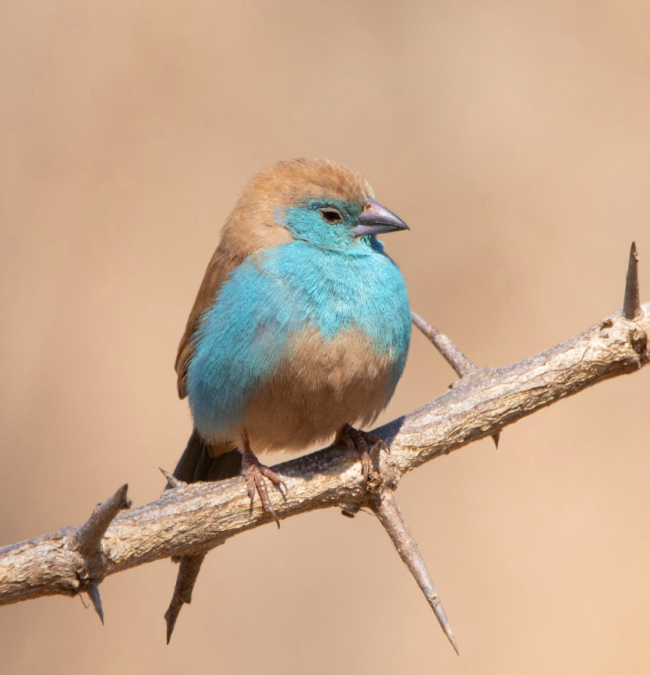
The blue in the female is limited to the head, upper breast, tail, and rump, making her generally paler than the male.
The southern African region, the Congo to Kenya, Tanzania in the east of the nation, and northern South Africa are all home to the blue waxbill.

This species has been reported to have been introduced to Zanzibar and the islands of São Tomé.
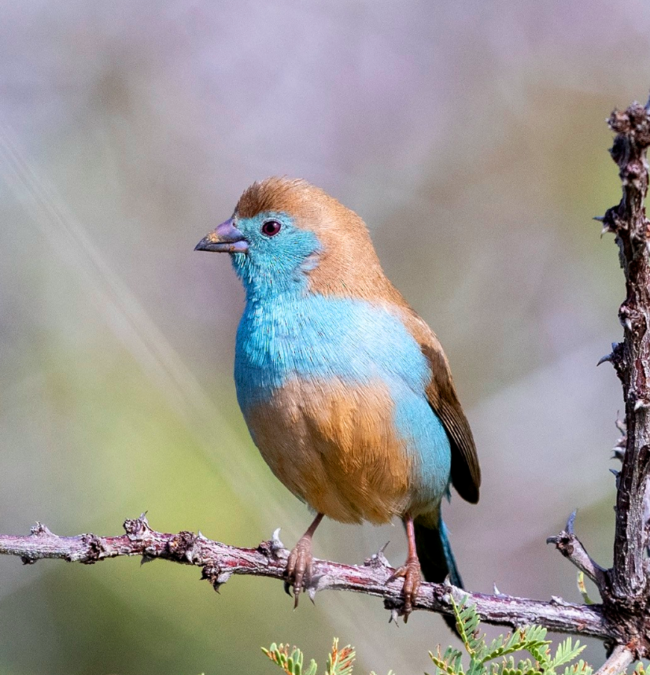
Although the blue waxbill is a versatile bird that can thrive in many different types of environments, it generally favours semi-arid to well-watered savanna, particularly those with umbrella thorns. They appear to enjoy natural growth on the boundaries of forests and farmed areas as well.
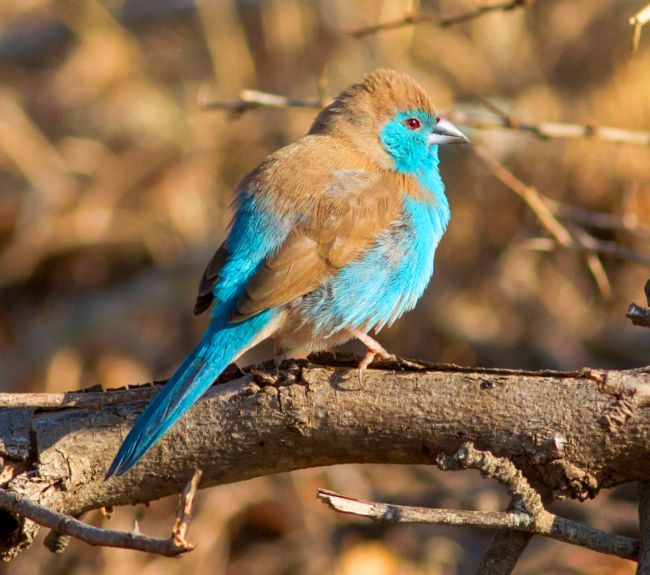
This bird consumes termites, other insects, and grass seed in these settings. Additionally, they have been observed consuming fallen fruits from Boscia albitrunca.
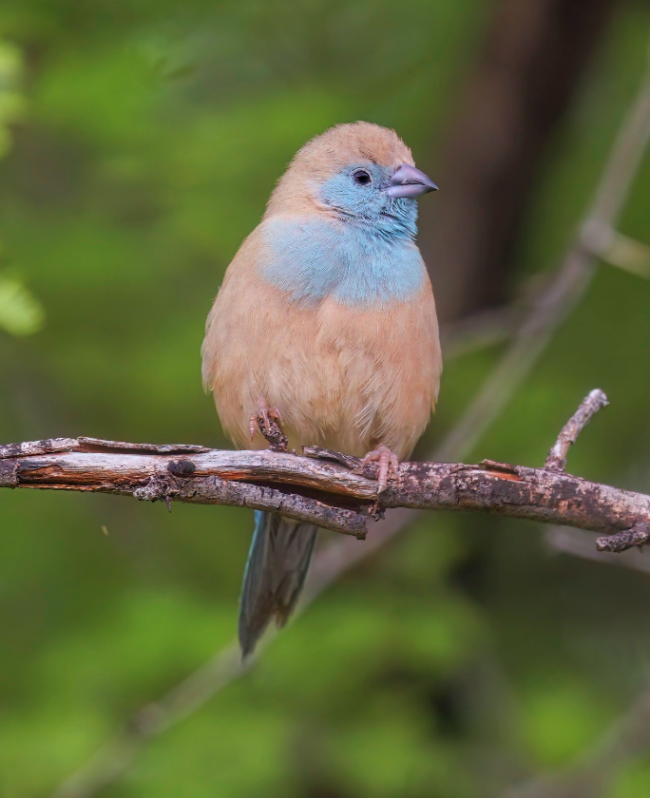
For this species, breeding takes place year-round. But January is normally the greatest month for egg-laying. The females and males build a plant-based nest with a tunnel leading in on one side. The nest is constructed inside a tree or shrub. These birds occasionally even utilise the abandoned nests of other species. The female lays two to seven eggs, and both sexes need eleven to twelve days to incubate them. The chicks are fed by both parents until they are completely fledged, which happens after 17 to 21 days.
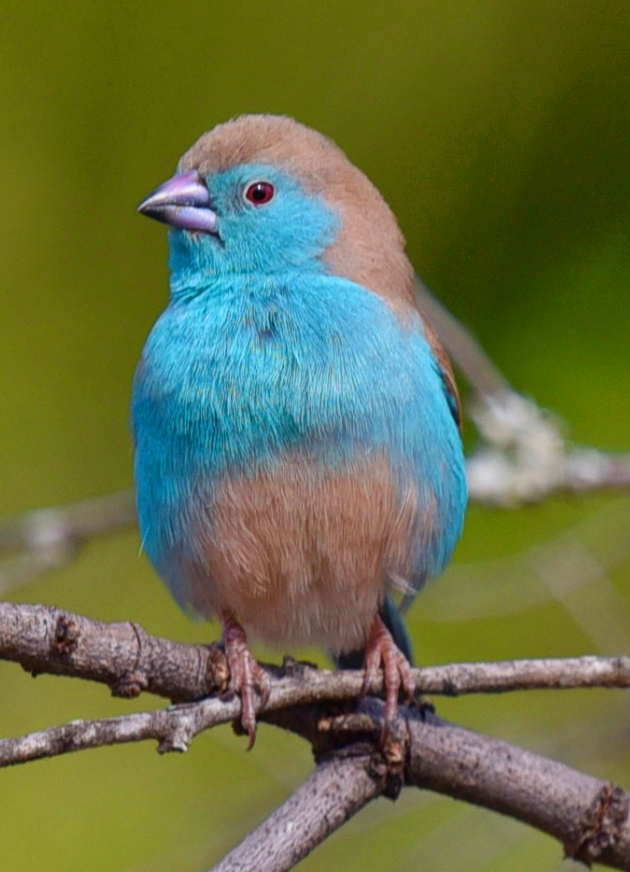
Because of its great range and adaptability, this bird is not thought to be in immediate danger.